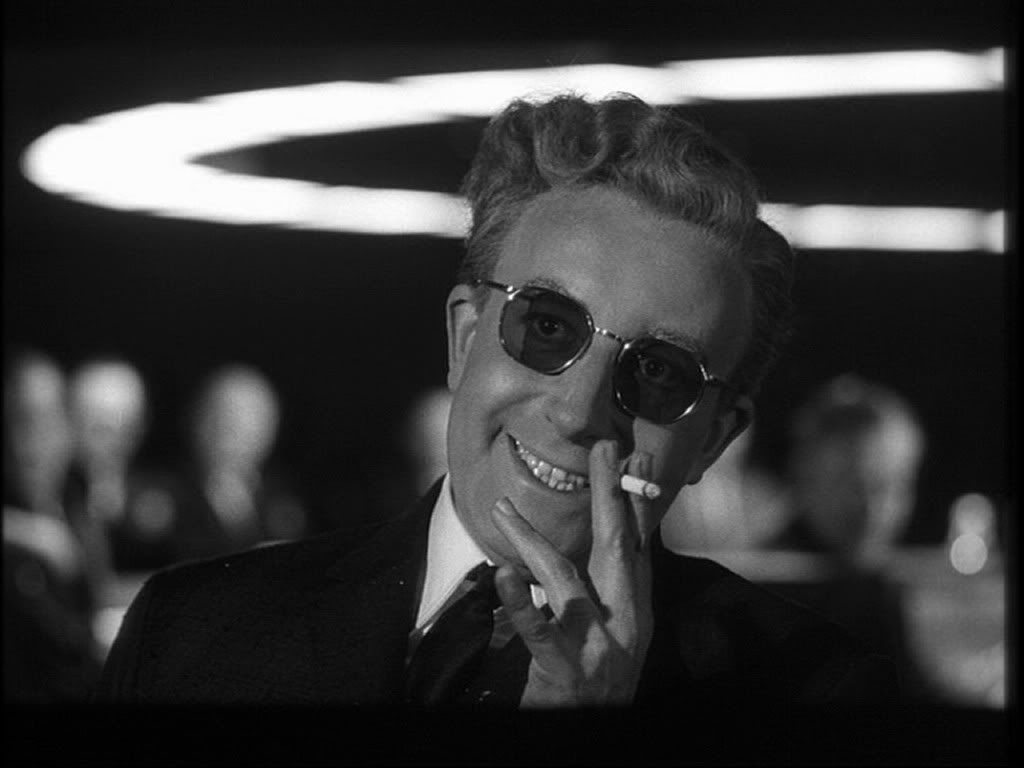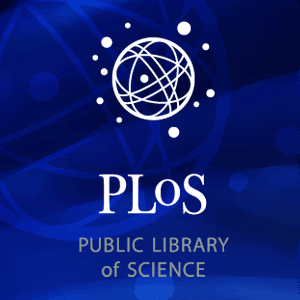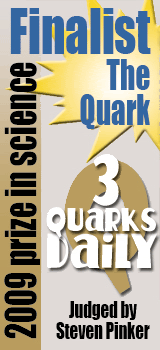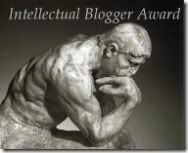Edward Teller dies after nearly 60 years of nuclear weapons advocacy.

Many credit Edward Teller for being the inspiration behind Peter Sellers' classic character
in Dr. Strangelove: Or, How I Learned to Stop Worrying and Love the Bomb.
* This piece was commissioned by The Nation Magazine. It was never published (even though I spent a good amount of time working on it) so now I offer it to you.
“Edward Teller helped to shape the course of human history,” said George W. Bush as he presented the nuclear scientist with the Presidential Medal of Freedom in July. “He has been a strong advocate for national defense and the cause of human freedom.” Considering that Bush was opposed to the Comprehensive Test Ban Treaty, pulled out of the Anti-Ballistic Missile Treaty and is funding a factory to build “mini-nukes” at $2-4 billion, this is apt praise indeed. Teller’s death on September 9, at the age of 95, signals the end to the first chapter in an ongoing saga of nuclear proliferation.
Teller was an outspoken proponent of nuclear weapons throughout his life. His campaign began in 1939 when Teller was one of the three scientists who encouraged Einstein to alert President Roosevelt about the power of nuclear fission. Three years later he was a premier researcher at Los Alamos. After Hiroshima and Nagasaki Teller pushed to develop a “Super,” or thermonuclear, bomb; a project that Oppenheimer was decidedly against. As head of the General Advisory Committee of the Atomic Energy Commission (AEC) Oppenheimer oversaw the unanimous decision “determining not to proceed to develop the Super bomb” (other members of the Committee, Fermi and Rabi, went so far as to call “its construction a danger to humanity as a whole.”
Teller felt he was beyond such concerns, writing in the Bulletin of the Atomic Scientists that “the scientist is not responsible for the laws of nature. It is his job to find out how these laws operate. . . it is not the scientists job to determine whether a hydrogen bomb should be constructed, whether it should be used, or how it should be used.” But this was somewhat disingenuous. According to Teller’s colleague, Herbert York, “Teller struck off on his own, and from that day on he promoted the idea of a crash program with all of those he contacted,” including “General McCormack and other officers and officials in the AEC and the Pentagon.” Teller’s persistence paid off. On January 31, 1950 President Truman overturned the AEC and directed them “to continue its work on all forms of atomic weapons, including the so-called hydrogen or superbomb.”
Despite any protestations to the contrary, Teller actively promoted nuclear weapons programs and testing throughout his career. He spoke against suspending nuclear tests during the first US/Russian negotiations in 1958, told the Scientific Advisory Board in 1961 that it was “urgent” they conduct atmospheric “proof tests,” campaigned against the Limited Test Ban Treaty in 1963, tried to sell Kennedy on the idea that “clean” nukes could be used to cut a second Panama canal , fought for the inclusion of Article V (allowing for “peaceful” nuclear explosives) in the Non-Proliferation Treaty of 1968, supported human radiation studies and suggested that “mini-nukes” could be used as defensive weapons, was one of those who persuaded the Senate to kill the SALT II Treaty in 1986, convinced Reagan that “Star Wars” would work, and, upon hearing that George W. Bush pulled out of the ABM Treaty, the 93-year-old Teller announced, “High Time!”
While the scientific understanding of radiation exposure was vague in our nuclear infancy, Teller was unusually dismissive. In 1962 he wrote, “Worries about our unpreparedness have been replaced by fears of radioactive fallout produced by nuclear tests and dangerous only in the imagination.” Four years earlier he wrote of the Bikini Atoll tests that, “since the accident, all of the Marshallese and American victims seem to be fully recovered. No malignancies or leukemias have shown up . . . All in all some serious but limited harm has been done.” He also argued that Carl Sagan and Richard Turco’s nuclear winter theory was “dubious” and “highly speculative” (though he suggested it was “possible” and that “extensive food storage could decrease greatly the risk of famine” if such an event occurred).
In 2001 the Centers for Disease Control and Prevention reported to Congress on the Health Consequences to the American Population of Nuclear Weapons Tests. The report “estimated that about 11,000 extra deaths from all cancers, including leukemia, would occur among the population of the United States who were alive at any time during the years 1951-2000 as a result of external exposure to fallout.” And, in the 1995 Advisory Committee on Human Radiation Experiments, Anthropologist Glenn Alcalay testified to a “correlation between distance from Bikini . . . and the incidence rate of congenital anomalies” such as birth defects, miscarriages and children born with serious maladies to the Marshallese women. Hopefully we won’t ever know if Teller was also wrong about nuclear winter.
Now that Edward Teller is gone we can start cleaning up his mess. However, though history may speak against him, his influence still runs deep in current policy circles. As a senior member of the Center for Security Policy he urged Governor Bush in 2000 to enact “comprehensive anti-missile protection” and hailed Donald Rumsfeld as the “Keeper of the Flame.” Edward Teller may have been known as the “father of the H-bomb,” but he leaves many sons in ideology.


















No comments:
Post a Comment